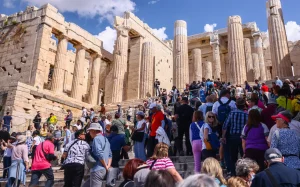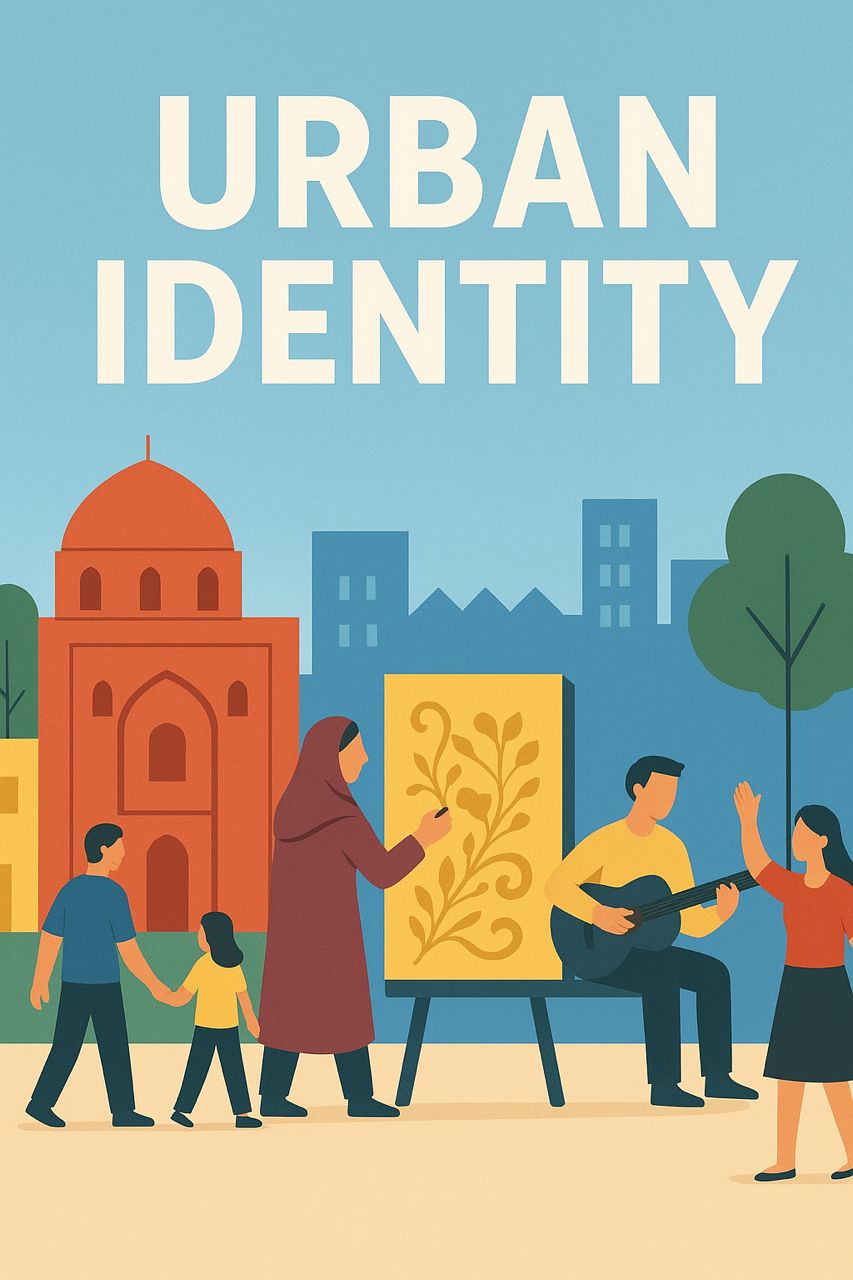
Historical districts are the beating heart of a city’s identity. These ancient areas, with their architecture, culture, lifestyle, and embedded stories, are invaluable assets to any city.
Unfortunately, many of these districts are deteriorating due to unplanned urban development, poor management, or the migration of residents. In this context, urban tourism can serve as an effective tool for the preservation and revitalization of these areas.
Urban Tourism and Historical Districts: A Two-Way Relationship
Urban tourists are often drawn to experiences rooted in local culture, history, and daily life. Historical districts offer exactly this. In return, the presence of tourists can bring attention, funding, and motivation for the restoration and revival of these districts.
Positive Impacts of Urban Tourism on Historical Districts
- Generating Financial Resources for Restoration and Maintenance
Revenue from tourist visits, handicraft sales, and entrance fees to museums or historical buildings can be allocated toward the conservation of historical sites. - Raising Public Awareness About the Value of Historical Districts
As tourism flourishes, local residents and city officials gain a deeper appreciation for the importance of cultural heritage preservation. - Creating Jobs and Bringing Life Back to Abandoned Areas
The development of restaurants, guesthouses (such as heritage homes), galleries, and handicraft shops can generate employment and gradually bring life back to neglected neighborhoods. - Encouraging Cultural Investment
Increased tourism demand can attract private sector investment in restoring and repurposing historical buildings as businesses—such as boutique hotels.
Caution: Unplanned Tourism Can Be Harmful
In some cases, uncontrolled tourism has led to overcrowding, damage to structures, over-commercialization, or the displacement of local residents from historic areas. Cities like Venice and Dubrovnik serve as cautionary tales, reminding us that any development must be smart, inclusive, and sustainable.
Successful Strategies for Using Tourism to Preserve Historical Districts
- Developing a comprehensive urban tourism plan focused on heritage preservation
- Designing cultural walking routes with informative signage
- Involving local residents in decision-making and benefit-sharing
- Converting historical houses into accommodations while preserving architectural authenticity
- Organizing cultural festivals in historical neighborhoods to attract visitors
A Success Story from Iran: The Case of Yazd
The city of Yazd, recognized as a UNESCO World Heritage Site, is a prime example of how tourism can revitalize historical areas. Public participation, restoration of old homes, and the growth of eco-lodges have all played a key role in restoring Yazd’s urban identity.
Conclusion
When properly planned, urban tourism offers a golden opportunity to save and rejuvenate historical districts. Not only does it boost the local economy, but it also preserves the cultural and historical memory of the city. Cities that do not forget their identity are the ones most likely to thrive sustainably in the future.




